Armed Forces of the Benelux
Belgium
At the beginning of the two thousandth in Belgium, there was a reform of the armed forces, during which some elements of their structure were changed. In addition, the kind of troops received new names. The Belgian armed forces now consist of the Land Component, the Air Component, the Marine Component and the Medical Component. As of the end of the last decade, more than 24 thousand soldiers and officers, as well as several thousand civilian personnel served in the armed forces of Belgium. An interesting feature of the reform was the change of tasks. The modern Belgian armed forces must be ready not only to repel the blow of the enemy, but also, if necessary, to take part in humanitarian operations. It should also be noted the gradual abandonment of various tracked vehicles with its subsequent replacement with the wheel.
As of the beginning of this decade, about 12 thousand people served in the Land Component of the Belgian Armed Forces. In addition, in some positions worked about 2 thousand civilians. The Land Component consists of three main units: the Middle Brigade, the Light Brigade, and the 2 Artillery Regiment. All the regiments and battalions of various purposes were brought together in these units. So, five motorized rifle regiments belong to the Middle Brigade. The composition of the Light Brigade is different, it includes the Light Infantry Regiment 12 Ligne Prince Léopold-13 Ligne, the 2 th commando battalion, the 3 th parachute battalion, and a group of special operations. It should be noted, in addition to two brigades and an artillery regiment as part of the Land Component, there are a number of other units responsible for exploration, supply, maintenance of equipment, personnel training, etc. All of them are directly subordinate to the command of the Land Component.
At the beginning of the XNUMXs, Belgium headed for the abandonment of tracked armored vehicles. The most notable consequence of this was decommissioning and decommissioning. tanks Leopard 1A5. Discarded tanks are sold to third countries. For example, more than 40 armored vehicles are planned to be transferred to Lebanon, but Germany, for political reasons, is blocking such a deal. After the abandonment of tanks, the main type of armored vehicles in the Belgian Land component became MOWAG Piranha armored personnel carriers purchased from Switzerland. The total number of cars of this type in several versions reaches 250 units.
The second in number of armored vehicles in the Belgian army - ATF Dingo 2 MPPV German production. The land component currently has more than 200 machines of this model in patrol, command and sanitary versions. Until now, in the ranks about fifty armored personnel carriers Pandur I, produced in Austria. Some of these machines are equipped with medical equipment, and some have been converted into a reconnaissance option. The armored vehicles of the Land Component of the Armed Forces of Belgium can also include Italian-made cars Iveco LMV, but they do not carry armor in the basic configuration. The possibility of installing additional booking modules is provided only for a part of the machines ordered. The total number of Iveco LMV in all variants is about 620 units. Italian cars were purchased as a replacement for the outdated Volkswagen Iltis. Some of the latter are still in operation.
The 2 artillery regiment, also known as the Batterij Veldartillerie ParaCommando (“Parachute battery of field artillery”), from the 2010 of the year, brought out of service the M109A2 American-made ACS. In the course of reforming the armed forces, artillery units move to mortars of various calibers. To support infantry operations, 60-mm M19 mortars (near 60 units) and 81-mm M1 (more than 40) purchased from the United States are supposed to be used.
For the implementation of air defense ground component of the Belgian armed forces has several dozen anti-aircraft systems Mistral.
After recent reforms, the strength of the Air Force component of the Belgian armed forces was brought to 8600 people. All Belgium aircraft available are compacted into several wings according to their purpose. For example, pilots are trained in units of the 1 th wing, and transport aircraft serve in the 15 th wing.
Due to the specific views of the Belgian leadership on the role of the armed forces, the air component has an original quantitative and qualitative composition. To date, this kind of force has a total of American-made X-NUMX F-60 Fighter Falcon fighter-bombers. Initially, their number was equal to 16 units, but subsequently a hundred aircraft were decommissioned and transferred to third countries. To perform reconnaissance and shock tasks can be used helicopters Agusta A160. From the 109 received machines of this model, only 46 is currently operated.
The air component has 19 types of transport and passenger aircraft. The most popular of them is the American C-6 Hercules. The Belgian Air Force ordered and received 130 of such aircraft, one of which was lost in the 12 year. Transport tasks are also assigned to Westland Sea King helicopters (1996 units), Aérospatiale SA 4 (316 units) and NHI NH3 (90 units).
Belgium has access to the sea and therefore needs a naval force. The main task of the Maritime component of the armed forces of Belgium is to protect the maritime borders of the country, which accounts for their composition. On the four naval bases to which all available ships and auxiliary vessels are assigned, about 1600 people serve in total.
In 2005, Belgium acquired two frigates of the type Karel Doorman from the Netherlands. The Navy of the Netherlands exploited these ships from 1991, then transferred them to a friendly state. As part of the Marine component, the ships HNLMC Karel Doorman and HNLMC Willen van der Zaan received the names F930 Leopold I and F931 Louise-Marie, respectively.
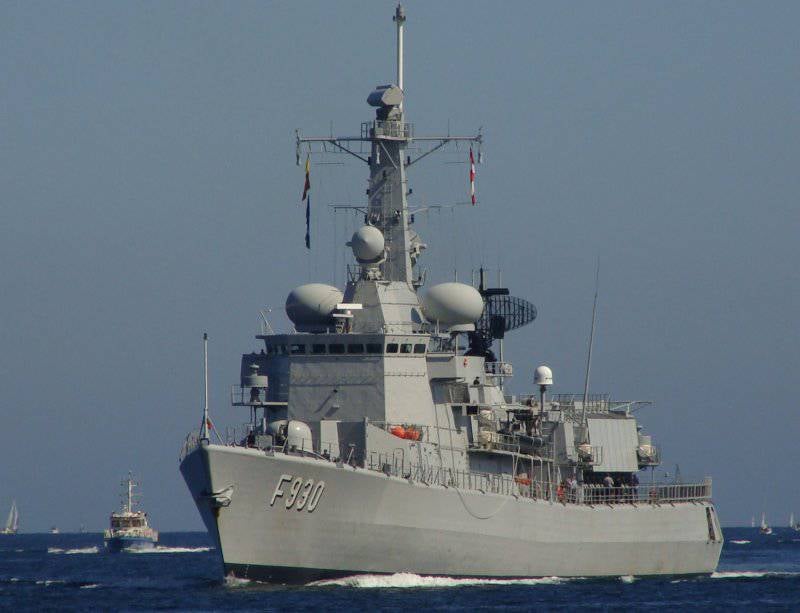
F930 Leopold I
In 2013, Belgium ordered two new patrol boats from France, which are planned to be accepted into the Marine Component in 2014 and 2015. The boats have already received names: P901 Castor and P902 Pollux.
In the late seventies, Belgium took part in a development program for minesweepers such as the Tripartite, under which it collaborated with France and the Netherlands. Currently, the Belgian Marine component has six ships of this type. Their task is to detect and neutralize sea mines.
Various auxiliary tasks are assigned to 13 auxiliary vessels of several types. These are transport ships, tugs and traveling boats. In addition, the Marine Component has the sailing ship A958 Zenobe Gramme and the royal yacht A984 Alpha IV.
Separately, it should be noted Medical component of the armed forces. The structure includes a command, 4 medical center, a hospital, and several sets of special equipment to assist victims during hostilities or natural disasters. The medical component has Agusta A109 Medevac helicopters, as well as several types of ground equipment. Depending on the need, Belgian military doctors can use vehicles with special equipment or medical vehicles based on the M113 and Pandur 1 armored personnel carriers.
Netherlands
The armed forces of the Netherlands can be considered the most powerful among the armies of the Benelux countries. Despite financial difficulties, this state is trying to maintain a sufficiently powerful army, in its capabilities superior to the armed forces of some European states. In 2010, the total number of military and civilian personnel in the armed forces of the Netherlands exceeded 47 thousand people. The number of reservists exceeds 30 thousand people. According to some reports, the army command plans to increase the reserve by 50-75 percent.
In the Royal Netherlands Ground Forces (Koninklijke Landmacht or KL) more than 21 thousand people serve. KL command is subject to special operations forces (Korps Commandotroepen), 11-I airborne brigade, 13-I and 43-I mechanized brigades, as well as command support. The 11 airborne brigade consists of four infantry battalions, engineering and medical companies, an auxiliary company and a supply company. The 13-I and 43-I mechanized brigades each comprise three infantry battalions, a reconnaissance squadron, an engineering, medical and auxiliary company. The differences of these units are in the different composition of the equipment used. The Royal Ground Forces Command is under the command of the intelligence, fire support and air defense, as well as the 101-th engineering battalion, two logistic battalions, the 400-th medical battalion and a number of other units.
A few years ago, the land forces of the Netherlands abandoned tanks. Launched German-made Leopard cars are gradually being sold to third countries. In this regard, the German armored carrier Boxer becomes the main armored vehicle of the troops. About 200 machines of this model have already been delivered to the army, and in the near future their number should double. An important element of the fleet of vehicles is the Swedish BMP CV9035NL. Now the troops have more than 150 machines of this type in various modifications. In the future, their number can reach 200 units. More than Fennek's 370 machines, developed in the Netherlands, are designed to perform intelligence and transportation tasks. Part of this technology is equipped with anti-tank missile systems.
In the second half of the 2000s, Australia supplied the Netherlands with more than 70 machines of the class MRAP Bushmaster Protected Mobility Vehicle. Some of this technology was lost in Afghanistan. More than 200 ALSV machines were ordered to transport personnel and perform other tasks. The smallest type of armored vehicles in KL is the German-made Fuchs 1 armored personnel carrier. 18 of such machines are equipped with electronic reconnaissance and electronic warfare equipment, 6 are supplied as a reconnaissance vehicle.
The air defense of KL army units is based on self-propelled anti-aircraft complexes built on the basis of Fennek armored vehicles and carrying FIM-92 Stinger missiles. The number of such systems reaches two dozen. In addition, Stinger missiles are used as part of MANPADS. The German-made ZSU Gepard was decommissioned several years ago.
The basis of the artillery of the Royal Netherlands Army are self-propelled artillery installations PzH 2000, set by Germany. The KL artillery units have less than 60 such combat vehicles. In addition, ground force brigades have several types of mortars.
Auxiliary units use more than 45 repair and recovery vehicles Büffel and Bergepanzer 2. Engineering units operate the Biber 14 Tank Bridge Layers and the Pionierpanzer engineering vehicles.
The Royal Air Force (Koninklijke Luchtmacht or KLu) is designed to protect the country's airspace, support land and sea units, and perform various transport tasks. KLu employs about 11 thousand people. The structure of the Netherlands Air Force is of some interest. Several aviation bases, divided by tactical tasks. Several squadrons are assigned to each base.
Most of the combat aircraft of the Air Force of the Netherlands serves on the airfields of Leeuwarden and Folkel. The first of them is based on 322-I and 323-I squadrons, armed with F-16 fighters, 303-I search and rescue squadron, as well as several auxiliary squadrons. In 2016, Leeuwarden Air Base should take on a new squadron equipped with American-made MQ-9 Reaper unmanned aerial vehicles. On the basis of Folkel, there are 312-I and 313-I fighter squadrons, 601-I reserve squadron and several auxiliary units.
KLu helicopters are grouped into squadrons under the command of the helicopter. Helicopters of various types are used in 17 squadrons based on the airfields of Gilse-Riyen, Leeuwarden, Vlieland, Deelen and Den Helder.
Eindhoven Airport is the base for two transport, one reserve and two auxiliary squadrons. Four training squadrons, a meteorological group, an Air Force logistics center and several auxiliary units serve on the basis of Wonsdrecht.
The only type of combat aircraft in the Koninklijke Luchtmacht is the F-16 Fighting Falcon. In the eighties and nineties, the Netherlands received from the United States and built more than 200 aircraft of this type under license. After a series of cuts, only the 61 fighter remained in the ranks. In the future, the Netherlands should receive the X-NUMX F-35A Lightning II fighter, two of which have already been handed over for testing and study. Since 35, after the accident, 2004 AH-29D Apache attack helicopters have been used in the Air Force of the Netherlands.
In the fleet of transport aircraft there are only 9 machines of several modifications. The Netherlands can use three American C-17 Globemaster III airplanes based in Hungary, if necessary as part of the Heavy Airlift Wing program. The most massive own transport aircraft is the C-130 Hercules. Dornier 228 aircraft, which are used to patrol the coastal zone, can also be used for transportation tasks.
More than 60 helicopters of several models are used as transport and auxiliary air forces of the Netherlands. The most massive of them - Eurocopter AS532U2 Cougar and Boeing CH-47D (for 17 units).
The KLu training units use Swiss-made Pilatus PC-13 Turbo Trainer 7 training aircraft.
The Royal Netherlands Navy (Koninklijke Marine - KM) is one of the oldest military fleets in Europe. Currently, more than 10 thousand people serve in them. KM has several dozen warships, submarines and auxiliary vessels. In addition to ship formations, the naval forces include marines and two helicopter squadrons. The Coast Guard is not officially a structural unit of the Navy, but in some cases it can be controlled by their command.
The combat strength of the Netherlands Navy over the past decades has been steadily declining. Thus, in the period from 1974 to 2014, the number of ships and submarines decreased from 59 to 21. A similar trend was observed in the case of naval aviation, for forty years the number of airplanes and helicopters decreased from 57 to 20. It should be noted that in the late nineties, KM abandoned anti-submarine aircraft, after which only helicopters of various types were used in naval aviation.
The surface combat ships of the Netherlands Navy of several classes are summarized in the so-called. Marine Squadron. The structure of this unit consists of four frigates of the type De Zeven Provinciën and two frigates of the type Karel Doorman. The latter will cease their service in the foreseeable future. Perhaps they will be sold to any third country, as has happened with other ships of this type. In 2012 and 2013, the naval squadron was supplemented by four Holland-type patrol ships. In addition, the Navy has two landing ships-docks of the type Rotterdam (despite belonging to one project, the second ship Johan de Witt has a lot of differences from the lead Rotterdam) and one support vessel HNLMS Amsterdam (A836).
In the early nineties, the KLu Submarine Service received a Walrus diesel-electric submarine built in the Netherlands. Later three more submarines of this project were built. The fourth submarine, Bruinvis, was accepted into the Navy in the 1994 year.
The Netherlands Mine Action Service includes several minesweepers and diving vessels. The Netherlands, together with France and Belgium, had previously participated in the development of the Tripartite minesweeper project. Subsequently, Koninklijke Marine ordered six ships of this type. There are four diving vessels of the type Cerberus.
In addition, the Netherlands Navy has two hydrographic vessels, two training vessels (including the Urania sailing), several tugboats and 17 landing craft of several types. The latter are operated by the marines.
Currently, the Dutch naval aviation is receiving previously ordered NH-90 multi-purpose helicopters, which are planned to be used for patrol and search and rescue purposes.
Until recently, the XA-188 armored personnel carrier (also known as Patria Pasi) of Finnish production was the most widely-used armored vehicle type in the marines of the Netherlands. 200 vehicles of this type are gradually removed from service and sent to storage. Some retired armored personnel carriers have already been sold to third countries. After the decommissioning of the XA-188 armored personnel carrier, the most massive armored vehicle of the marines became the tracked articulated armored personnel carrier BV206S, developed in Sweden. Out of a hundred and fifty cars of this type, more than 120 must be upgraded within a few years, the rest will be sold or disposed of. In the foreseeable future, the further fate of several dozen tracked BVS10 APCs must be determined.
The Netherlands Marines also use unarmored vehicles of several classes and types. Marine artillery is represented by mortars of several types of caliber from 60 to 120 mm.
The last component of the armed forces of the Netherlands is the Royal Military Police (Koninklijke Marechaussee - KMar). The task of this structure is the protection of important objects, including state borders, the investigation of offenses in the armed forces, and the support of the police in some situations. In the Royal Military Police serves almost 7 thousand people. Employees have a different shooting weapons, as well as automotive technology and motorcycles. For specific tasks, military police can use YPR-765KMar armored personnel carriers.
Luxembourg
Luxembourg is one of the smallest states in Europe and therefore cannot have a large and powerful army. Nevertheless, the Grand Duchy of Luxembourg is trying to form the armed forces on the basis of its capabilities and needs. The total number of the Luxembourg army does not exceed a few hundred people: in 2010, 450 military servicemen served in it (including around 50 military musicians), about 350 recruits and about 100 civilian personnel.
The armed forces of Luxembourg are composed of only ground forces. They consist of only one infantry battalion divided into five companies. Companies A and D represent the main combat force of the whole country. The company has a headquarters and three reconnaissance platoons. Each platoon has its own command and unites four divisions. Each compartment of the mouths A and D is equipped with two multi-purpose vehicles HMMWV with large-caliber machine guns and anti-tank missile launchers BGM-71 TOW. Luxembourg is a member of NATO and regularly participates in various military operations. In this case, two motorized rifle companies of Luxembourg are transferred to the jurisdiction of the Belgian command.
Company B is a training ground for soldiers and officers. On the basis of this company, servicemen undergo various courses, including the training necessary to obtain a civilian profession after dismissal from the army. A few years ago two-level courses were organized: L 'Ecole de l'Armee (“Army School”). Level B allows soldiers who have been serving for less than 18 months to take a course in several disciplines, both general and military. After two semi-annual semesters, a soldier can enter level A. In addition, those who have received the necessary education in civilian educational institutions can take this course. Level A courses are an in-depth and accelerated version of courses B. The entire Level A program is mastered in six months.
Company C is also an academic, but it has other tasks. This unit of the armed forces is responsible for the initial training of soldiers and their physical form. In addition, in Company C, servicemen learn how to drive vehicles. Company C has a separate squad, Section de Sports d'Elite de l'Armée (“Sports Elite Platoon”), in which, after basic training, athletes who join the army can serve.
Currently, Luxembourg does not have its own air force. The last training aircraft used by the Luxembourg armed forces was decommissioned in the late sixties. In 2019-20, Luxembourg is to receive the A400M military transport aircraft. However, several aircraft are assigned to Luxembourg. The NATO Boeing CT-2A and 49 X-NUMX training transport aircraft of the Boeing E-17C Sentry long-range radar detection and control aircraft are registered in Luxembourg, but they are based on Geilenkirchen (Germany) and are operated by NATO pilots.
Based on:
http://mil.be/
http://armyrecognition.com/
http://globalsecurity.org/
http://defense-update.com/
http://janes.com/
http://landmacht.nl/
http://defensie.nl/
http://navyrecognition.com/
http://armee.lu/
The Military Balance 2010
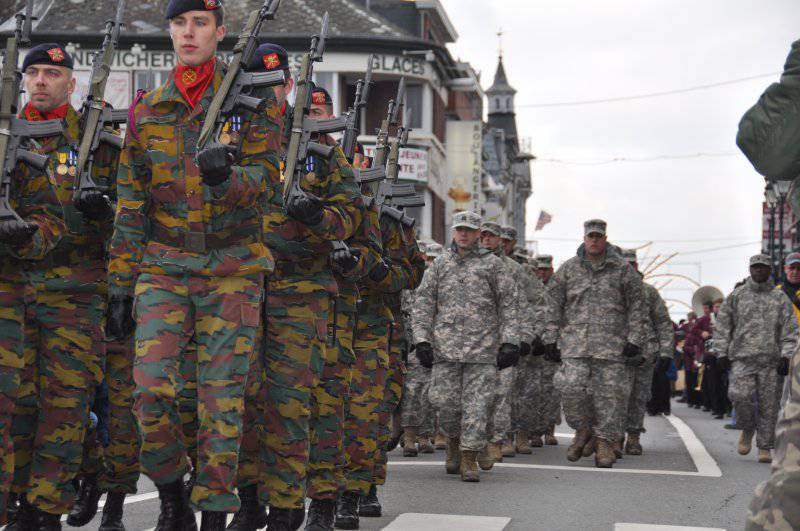
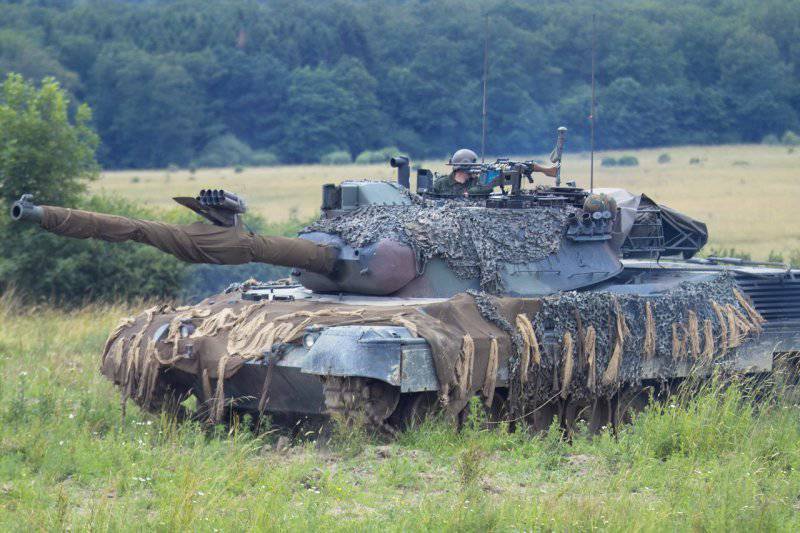
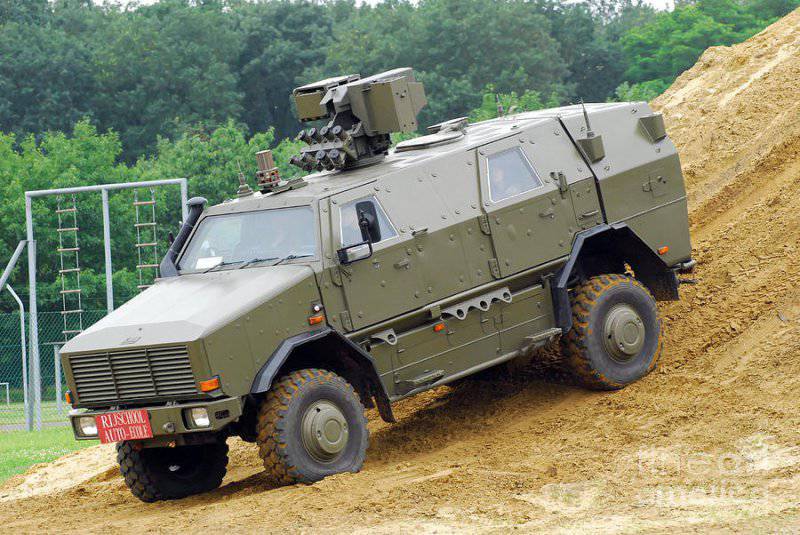
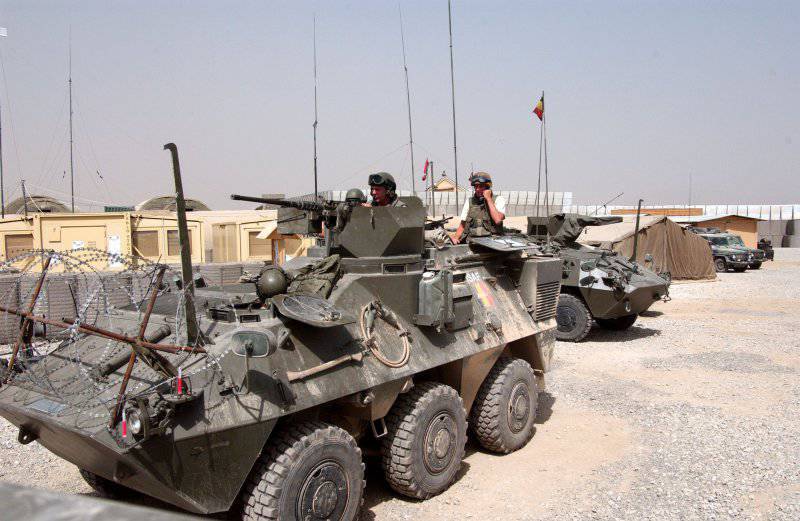
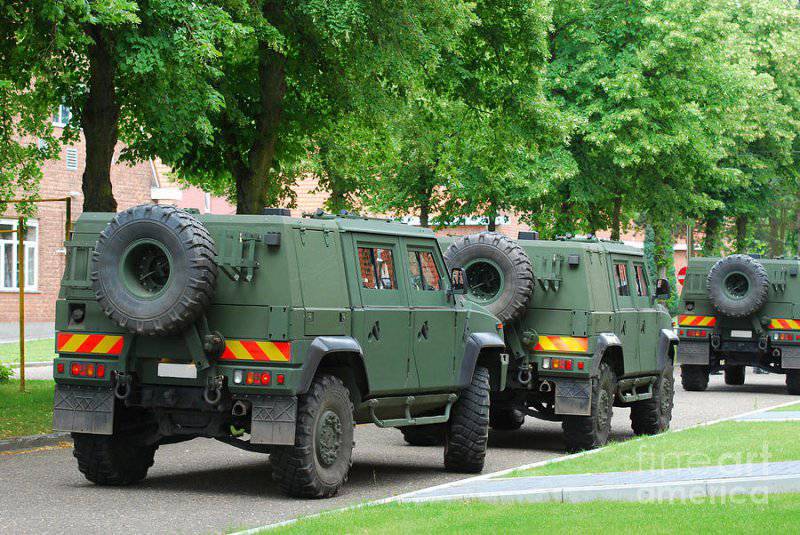
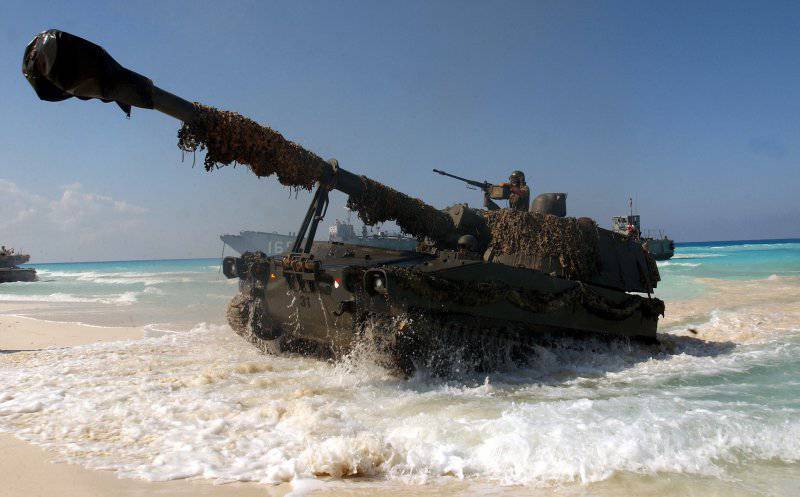
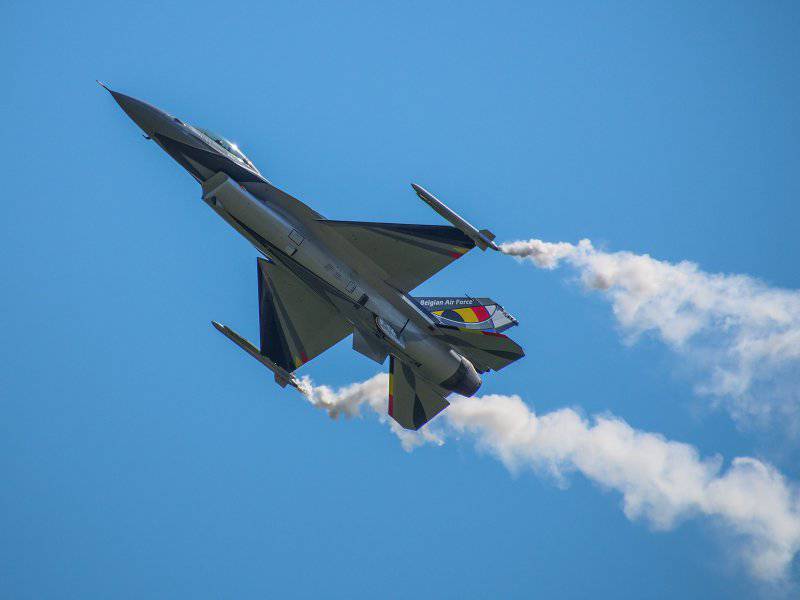
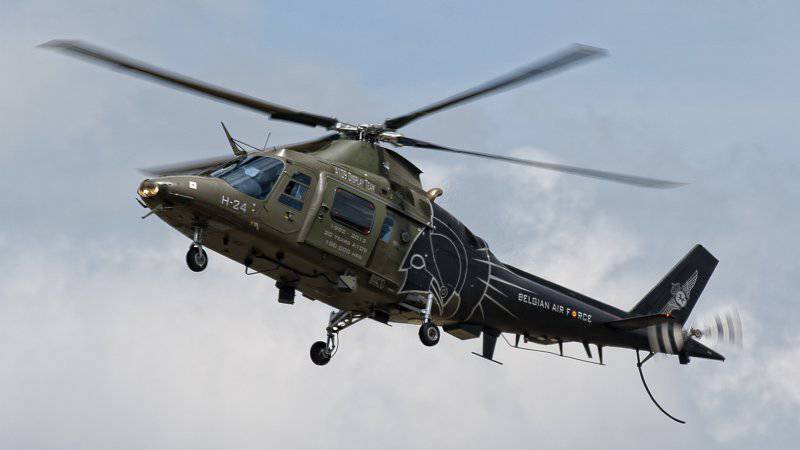
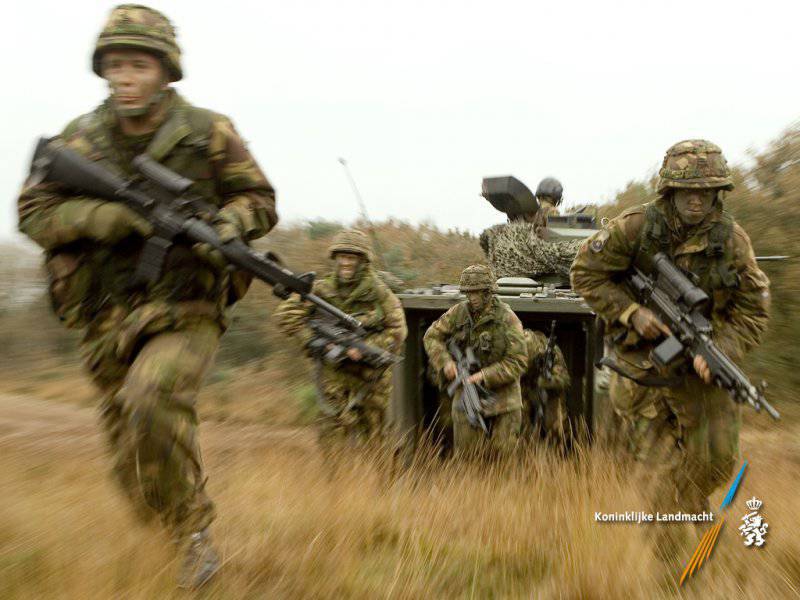
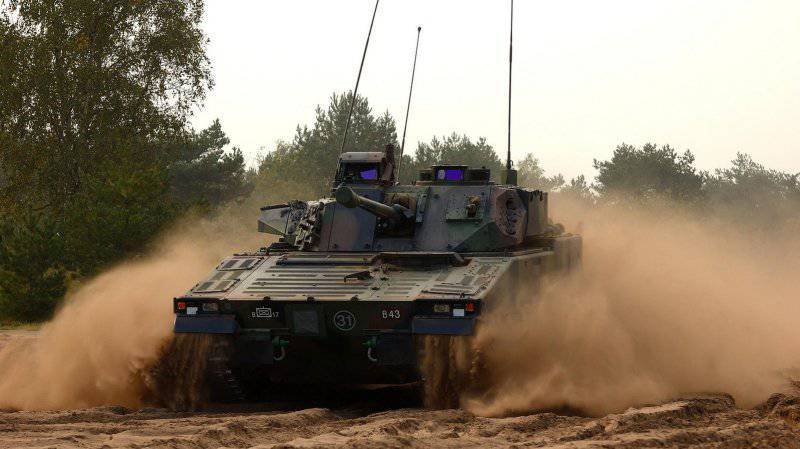
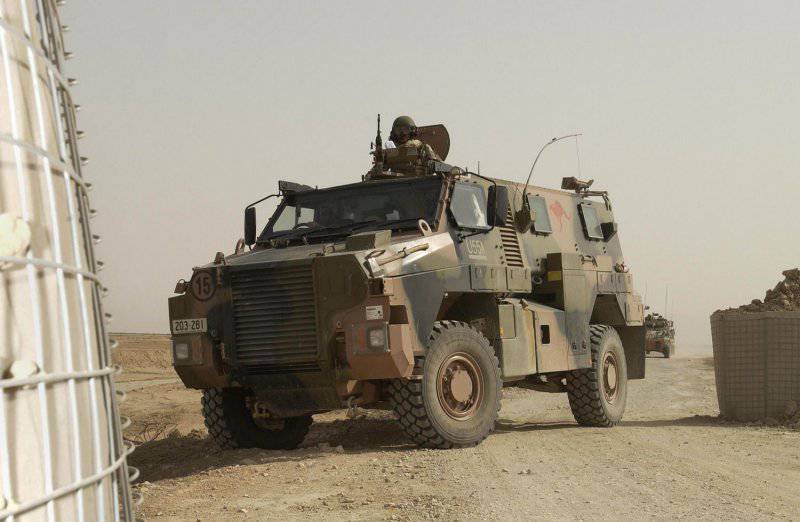
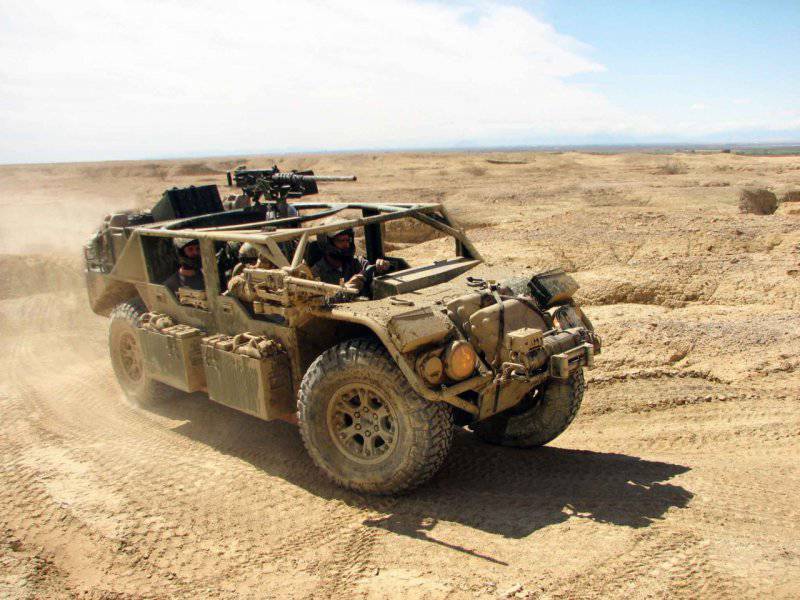
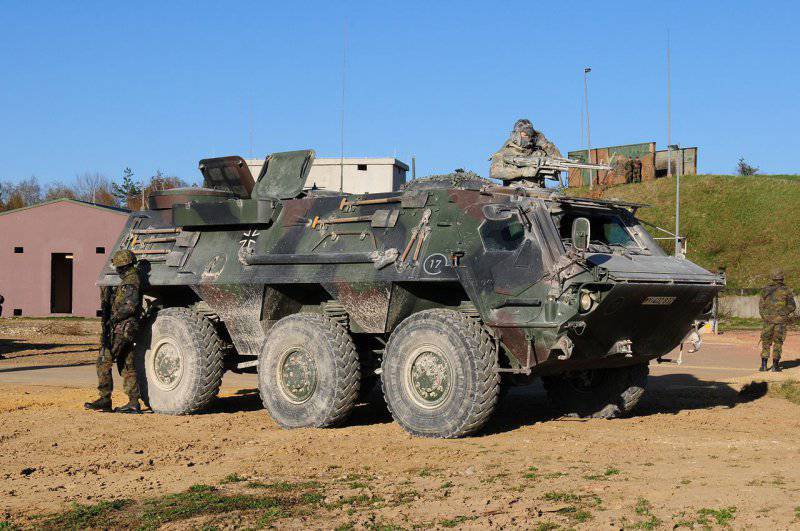

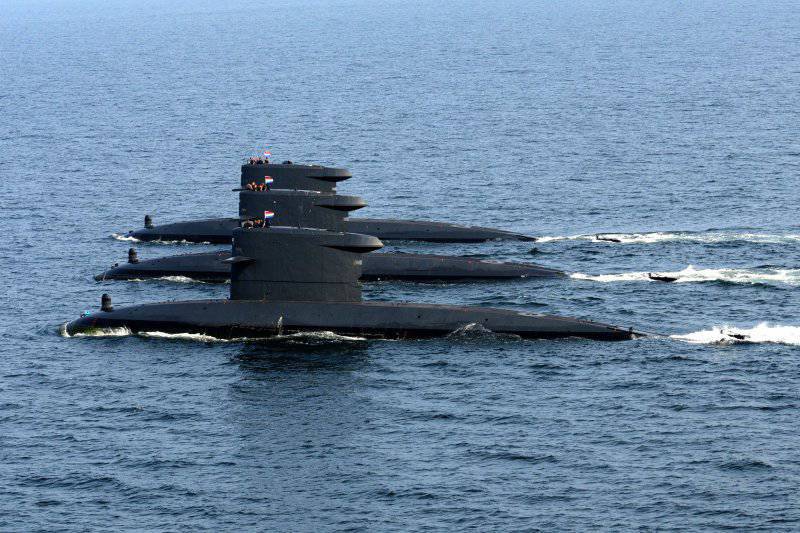
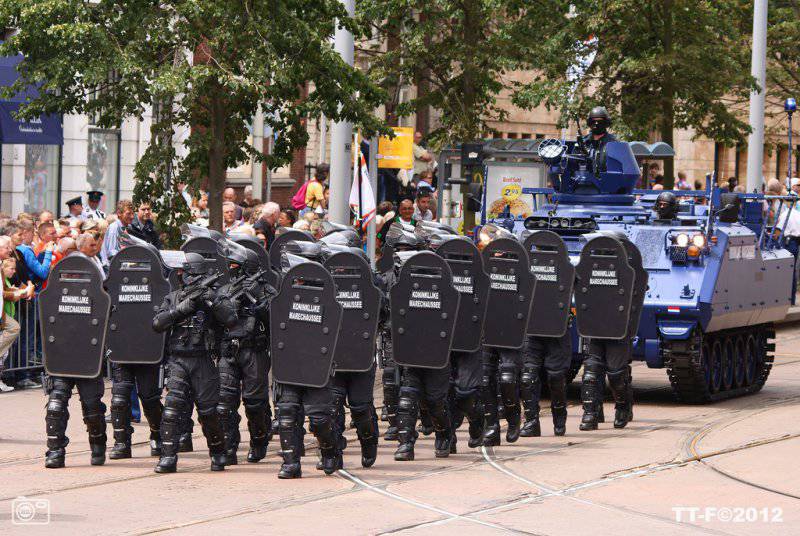
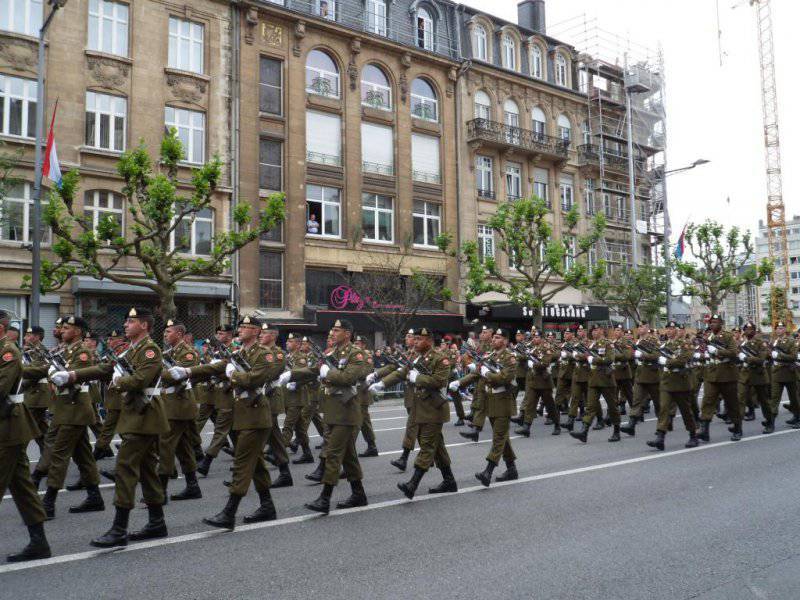
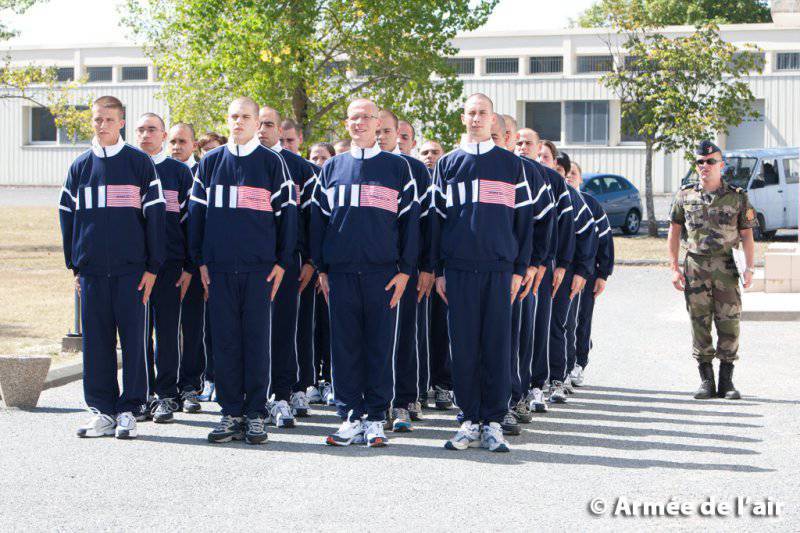
Information